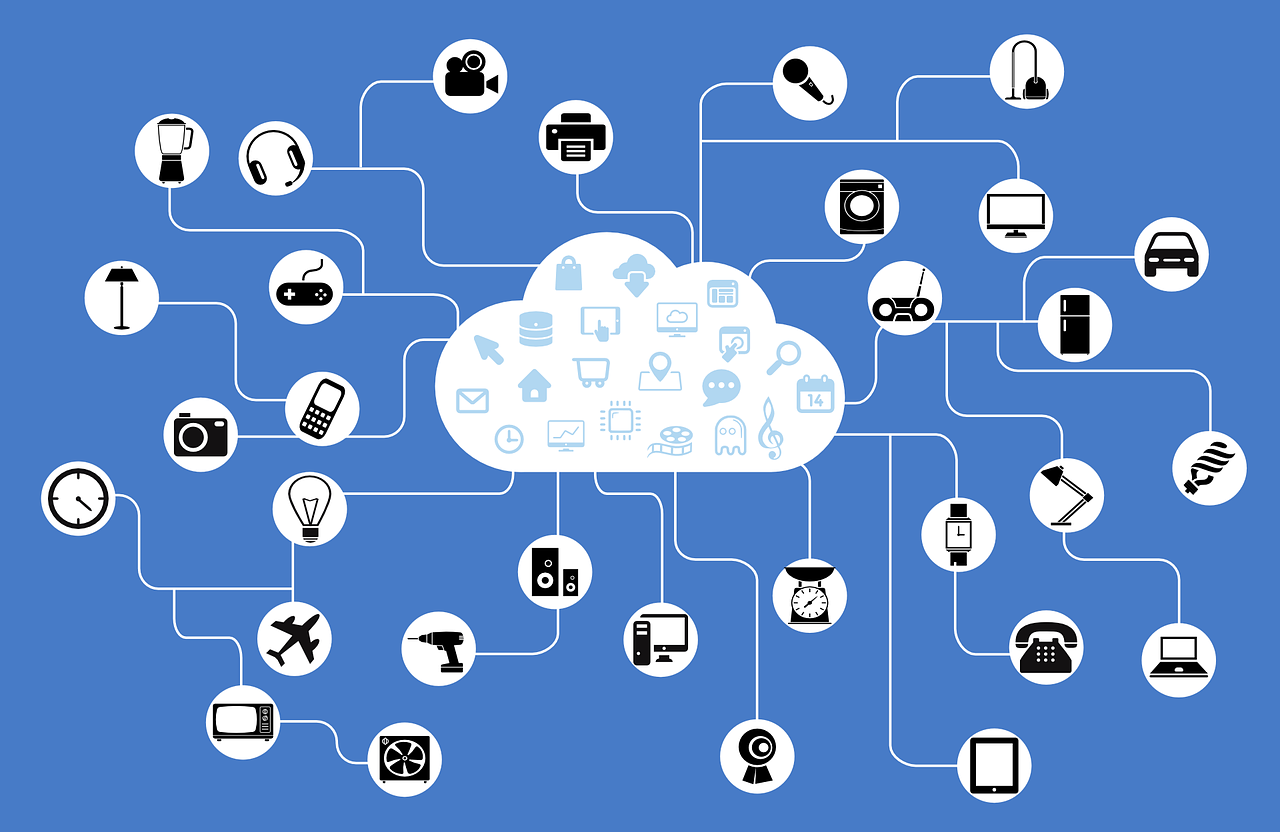The Internet of Things (IoT) describes the network of objects that are connected to a network while engaging and sharing data. Any device that is connected to the internet and has the capability to ‘talk’ to other devices is part of the internet of things.
A few common examples of devices that are part of the internet of things include fitness monitors, like Apple Watches or Fitbits, smart speakers, such as Amazon’s Alexa or Google Nest, and enhanced doorbells such as Ring. Many devices are now being designed to automatically sync with others connected to the internet. This enhanced connectivity promotes the sharing of data and brings us closer to a life with a fully asynchronous household as depicted in science-fiction.
The internet of things is growing at a rapid rate and is expected to have 41.6 billion devices connected by 2025 according to a forecast by IDC. As more devices become ‘smart,’ and the industry itself continues to grow, it is important to understand what the future of IoT looks for everyone.
With all the benefits that come from the internet of things, there are areas for which consumers need to be cautious. Security and data protection come to mind when considering the downside of IoT. Hackers will be targeting connected devices and looking to obtain sensitive data that is linked to said devices. Think about all the data that is stored in one Amazon Alexa alone- bank accounts, addresses, phone numbers, and shopping history are all stored in someone’s device. And while by design the devices are secure, as hackers become more sophisticated to crack security protections, the risk for data breaches grows.
GDPR and Cybersecurity Act compliance currently combat this threat, but as a consumer it is important to stay vigilant to protect your connected devices. Having your internet connected to a secure VPN is a simple and effective way to protect your smart devices and deter hackers. Be sure to also utilise two-factor authentication when possible as an added layer of security for your devices. Changing your password regularly that cannot be easily guessed or used on other sites is important when multiple devices are linked to the same network.
While the risks associated with IoT may seem daunting, it should not discourage you from embracing the world of connected devices. Using a secure VPN, enabling two-factor authentication, and frequently changing your passwords are simple ways to keep your devices protected and give you the ease of mind when talking to ‘Alexa.’








